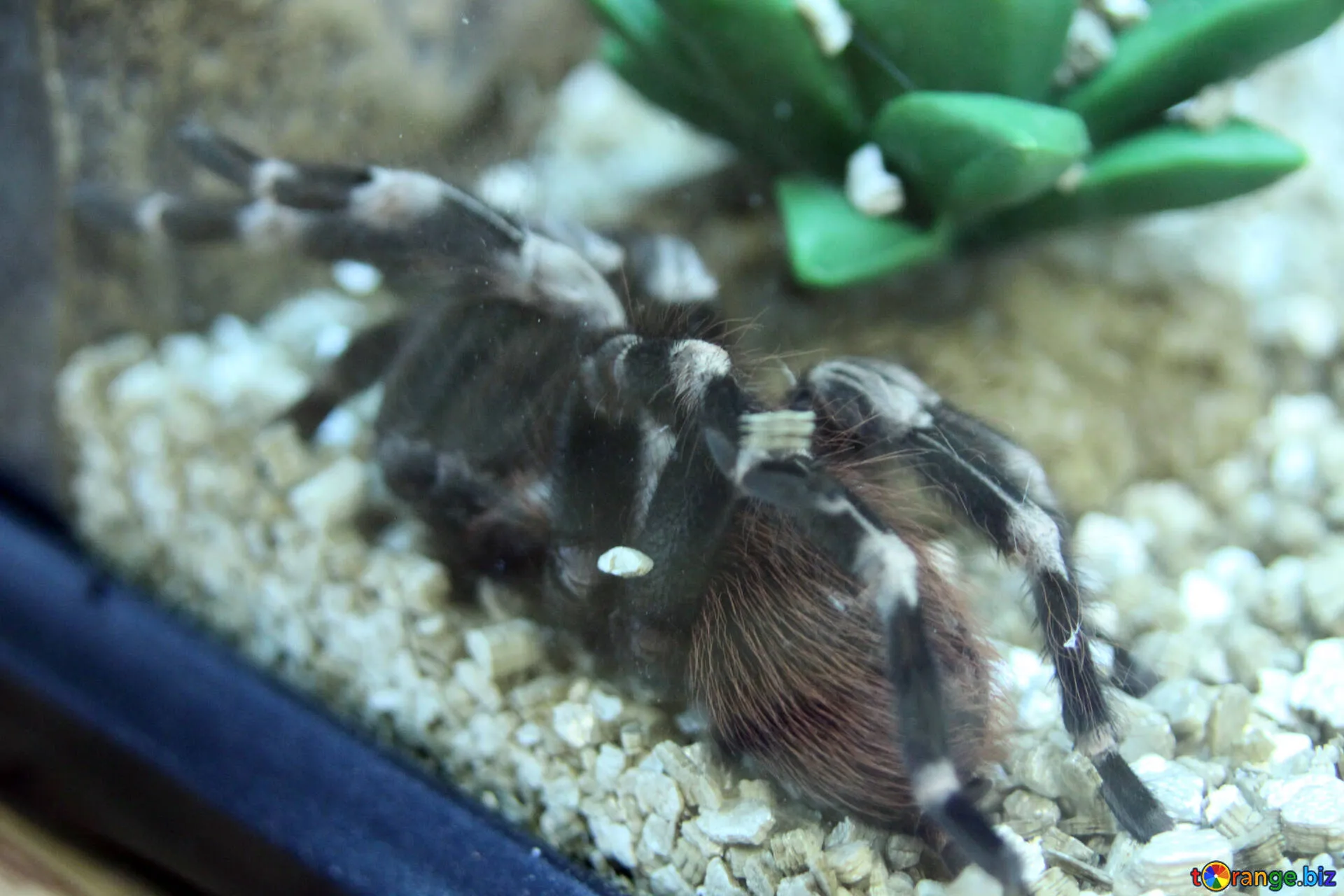Choosing the Right Tarantula Cage
Setting up a tarantula cage is a crucial first step in providing a safe and comfortable environment for your eight-legged friend. The right cage isn’t just a container it’s a habitat that mimics the spider’s natural environment, promoting its health and well-being. The size, materials, and overall design of the cage play a significant role in your tarantula’s ability to thrive. This guide will help you understand the key considerations for selecting a tarantula cage, ensuring your pet has everything it needs to live a long and fulfilling life in captivity. From selecting the ideal size to choosing the right materials, we’ll cover everything you need to know to create the perfect tarantula enclosure.
Size Matters Selecting the Correct Cage Size
One of the most important aspects of tarantula care is choosing the right cage size. A cage that’s too small will restrict your tarantula’s movement and potentially stress it, while a cage that’s too large can make it difficult for the spider to find food and feel secure. The appropriate cage size depends on several factors, including the tarantula species and its current size. As your tarantula grows, you’ll need to upgrade its enclosure to accommodate its increasing size. This section will guide you through the process of determining the right size for your tarantula’s current and future needs. Always consider the space needed for your spider to molt and move freely. A cramped environment can make molting difficult and increase the risk of injury.
Understanding Tarantula Species Needs
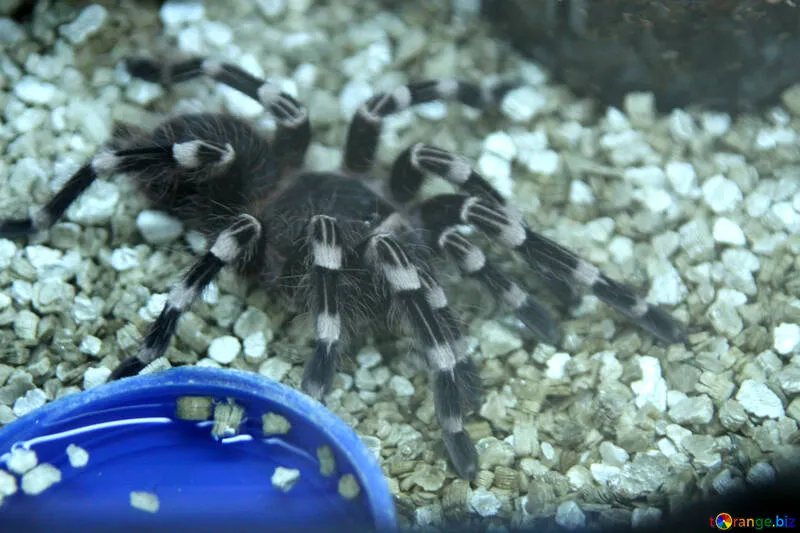
Different tarantula species have different needs when it comes to cage size. Arboreal species, which live in trees, typically need taller enclosures to allow for climbing. Terrestrial species, on the other hand, require more floor space. Researching your specific tarantula species is essential for determining the appropriate cage dimensions. Factors such as the spider’s natural habitat, its adult size, and its preferred lifestyle should all be taken into account. Some species are more active and require more space to roam, while others are more sedentary and may be content in a smaller enclosure. Knowing your species’ specific needs will help you provide the best possible environment.
Considering Growth Stage for Cage Size
The tarantula’s growth stage is another critical factor in determining cage size. A small spiderling will need a smaller enclosure than a fully grown adult. Starting with a smaller cage and gradually increasing the size as the tarantula grows is often the best approach. This prevents the spiderling from feeling overwhelmed in a large space and makes it easier to find food. Remember to upgrade the cage as your tarantula molts and grows. Observing your tarantula’s growth rate and adjusting the cage size accordingly is a key part of responsible pet ownership. Be prepared to provide a series of progressively larger enclosures as your pet matures.
Essential Cage Components
Once you’ve chosen the right cage size, the next step is to equip it with the essential components. These components provide your tarantula with the necessary elements to thrive, including a suitable substrate, proper humidity and ventilation, and dishes for water and food. The right setup replicates the spider’s natural environment and promotes its health and well-being. Choosing the right components ensures your tarantula has a comfortable and safe habitat. Careful selection of these elements is paramount to the overall success of your tarantula keeping experience. Incorrect choices can lead to health issues and stress for your pet.
Substrate Selection Best Substrates for Tarantulas
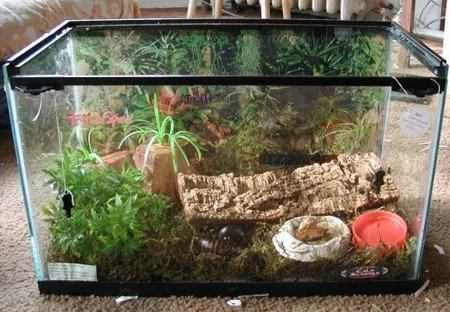
The substrate is the material that lines the bottom of the cage and serves as a bedding for your tarantula. It provides a surface for the spider to walk on, helps maintain humidity, and can also provide a place for burrowing. The best substrate choices for tarantulas include coco fiber, peat moss, and a mix of vermiculite and soil. These substrates retain moisture well, allowing you to maintain the proper humidity levels. Avoid substrates that are too dry, as they can lead to dehydration. Also, avoid substrates that are chemically treated or contain harmful additives. Always select a substrate that is safe for your tarantula. Consider the burrowing habits of your particular species when choosing the depth of the substrate.
Humidity and Ventilation Maintaining the Right Balance
Maintaining the correct humidity and ventilation levels is crucial for your tarantula’s health. Humidity is essential for helping your tarantula molt properly. Too little humidity can lead to failed molts and even death. Ventilation is equally important, as it allows for air circulation and prevents the buildup of harmful bacteria and mold. The ideal humidity and ventilation levels vary depending on the tarantula species. Most species thrive in humidity levels between 60% and 80%. Ventilation can be achieved through a combination of ventilation holes in the cage and a well-ventilated substrate. Regularly misting the cage with water can help maintain humidity levels, but be careful not to over-saturate the substrate. A hygrometer can help you monitor humidity levels accurately.
Water and Food Dishes Providing Essentials
Providing fresh water and food is vital for your tarantula’s survival. A shallow water dish is a necessity, as it allows your tarantula to drink without the risk of drowning. The water dish should be filled with clean, fresh water at all times. The size of the water dish should be appropriate for the size of your tarantula. Food dishes aren’t always necessary, as many tarantulas prefer to hunt their food. However, a small, shallow dish can be used to provide food if desired. The food should be appropriate for the species and size of your tarantula, usually consisting of insects like crickets or mealworms. Always ensure that any uneaten food is removed from the cage to prevent mold and bacteria growth.
Decorating Your Tarantula’s Home
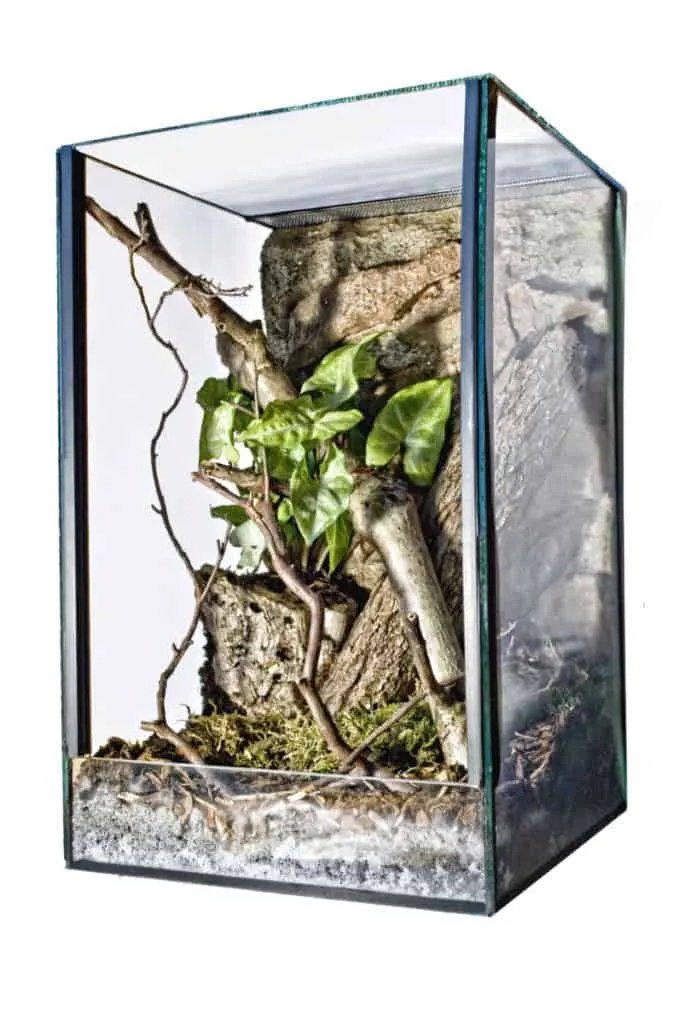
Decorating your tarantula’s cage isn’t just about aesthetics it also provides enrichment and enhances the spider’s well-being. Creating a stimulating environment can reduce stress and encourage natural behaviors like burrowing, hiding, and exploring. The decor should mimic the spider’s natural habitat, providing security and opportunities for exploration. Thoughtful choices of decorations can provide visual interest for you and a comfortable environment for your pet. Make sure all decorations are safe, non-toxic, and easy to clean to maintain the cleanliness of the enclosure.
Creating Hides and Shelters
Hides and shelters are essential for tarantulas. They provide a safe place for the spider to retreat and feel secure. These can be made from various materials, such as cork bark, half logs, or even commercially available hides designed specifically for tarantulas. The hide should be appropriately sized for your tarantula, allowing it to fit comfortably inside. Placing the hide in a shady area of the cage can help the spider regulate its body temperature. Consider providing multiple hides to give your tarantula choices. A well-placed hide significantly reduces stress and allows the tarantula to feel safe in its environment. Proper hides are critical during the molting process.
Adding Plants and Decorative Elements
Adding live or artificial plants and other decorative elements can further enhance the tarantula’s habitat. Live plants, such as snake plants or pothos, can help maintain humidity and provide a more natural environment. However, be sure to select plants that are safe for tarantulas and do not require excessive watering. Artificial plants are a convenient alternative. Other decorative elements, such as rocks, branches, and small pieces of driftwood, can add visual interest and provide additional climbing opportunities. When adding decorations, make sure they are securely placed and do not pose a risk to the tarantula. The goal is to create a visually appealing and enriching environment that mirrors the spider’s natural habitat.
Avoiding Hazards in the Cage
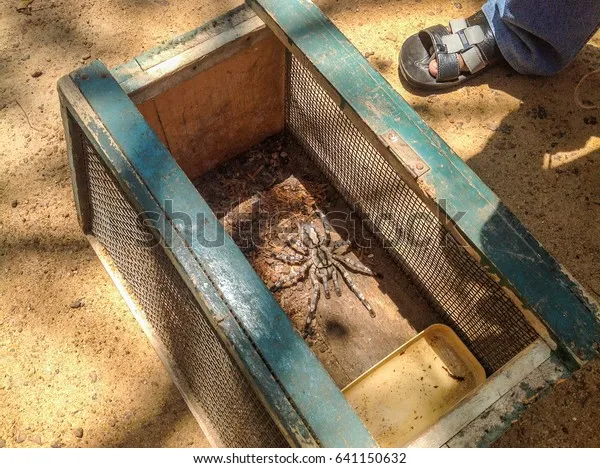
While setting up a tarantula cage, it is imperative to be aware of potential hazards that can be detrimental to your pet’s health and safety. Certain materials and decorations can be toxic or pose a risk of injury. Knowing what to avoid will help you create a safe and healthy environment for your tarantula. Careful selection of materials and regular monitoring are crucial to ensure the well-being of your pet. Preventing hazards will minimize the risk of illness, injury, and stress for your tarantula. Consider the potential impact of any new element within the cage setup before introducing it.
Toxic Substrates and Decorations
Some substrates and decorations can be toxic to tarantulas. Avoid using cedar or pine shavings as substrate, as they contain oils that can be harmful. Also, avoid any decorations that have sharp edges or that could potentially trap the spider. Painted or treated wood should be avoided, as the chemicals used in the paint or treatment can be toxic. Always research the safety of any material before placing it in the cage. Ensure all decorations are non-toxic and safe for your tarantula to interact with. Regularly inspect the cage and decorations for any signs of wear or damage that could pose a risk.
Cage Cleaning and Maintenance
Regular cleaning and maintenance are essential for maintaining a healthy and hygienic environment for your tarantula. This involves a regular cleaning schedule, replacing the substrate, and inspecting and cleaning the decorations. A clean cage helps prevent the buildup of harmful bacteria and mold, which can cause health problems for your pet. Maintaining a clean environment also makes it easier to monitor your tarantula’s health and observe its behavior. The frequency of cleaning and maintenance will depend on the size of the cage, the species of tarantula, and the amount of waste produced. A clean habitat translates into a healthy and happy tarantula.
Regular Cleaning Schedule
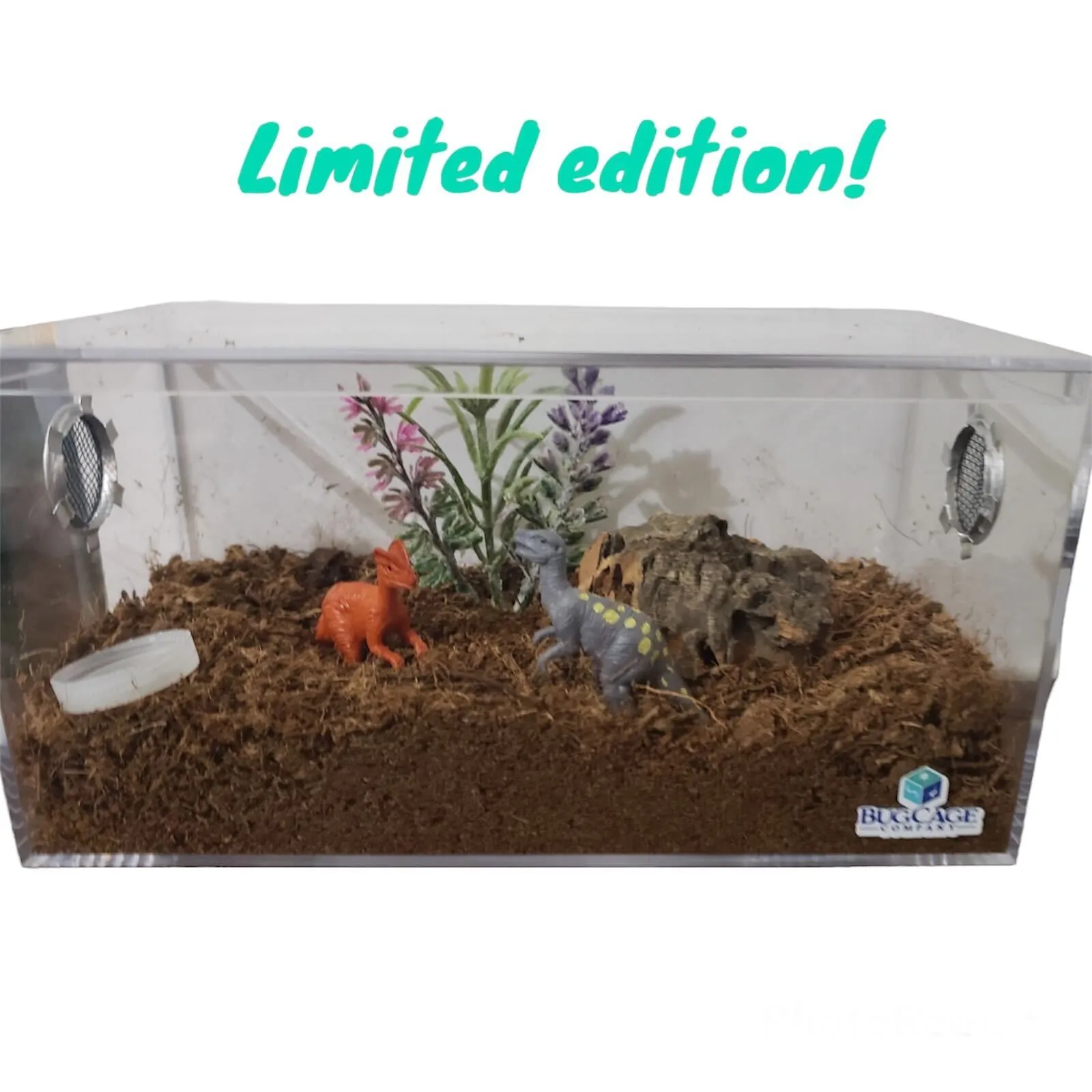
Establish a regular cleaning schedule to maintain a clean environment. This should include spot cleaning on a daily basis to remove uneaten food and fecal matter. Full cage cleanings should be performed on a more regular basis, typically every few months, depending on the tarantula species and its living conditions. During a full cleaning, remove all the substrate and decorations, and thoroughly clean the cage with a mild, unscented soap and warm water. Rinse the cage well to remove all traces of soap, and allow it to dry completely before reassembling it. Always handle your tarantula with care during cleaning to avoid stress. Regular cleaning helps prevent diseases and keeps the habitat fresh.
Replacing Substrate and Decorations
The substrate and decorations should be replaced periodically to maintain a clean and healthy environment. The frequency of substrate replacement depends on the type of substrate used and the level of waste produced. As a general guideline, replace the substrate every few months or when it becomes excessively soiled. When replacing the substrate, remove all the old substrate and dispose of it properly. Clean the cage thoroughly before adding fresh substrate. Inspect the decorations for any signs of wear, damage, or mold. Replace any decorations that are damaged or show signs of wear. Regular replacement of the substrate and decorations is essential for maintaining a clean and healthy environment for your tarantula, preventing the buildup of harmful bacteria and mold.
Monitoring and Adjusting Cage Conditions
Monitoring and adjusting the cage conditions are vital for maintaining the well-being of your tarantula. This involves regular checks of the temperature and humidity levels and observing your tarantula’s behavior. By carefully monitoring the environment, you can ensure that your tarantula has the optimal conditions to thrive. Adjustments may be necessary to maintain the ideal temperature and humidity levels. Close observation of your pet’s behavior provides insights into its overall health and happiness. Continuous monitoring enables you to identify and address potential problems early on, ensuring your tarantula stays healthy and happy in its enclosure. A well-maintained environment reduces stress and promotes the longevity of your tarantula.
Temperature and Humidity Checks
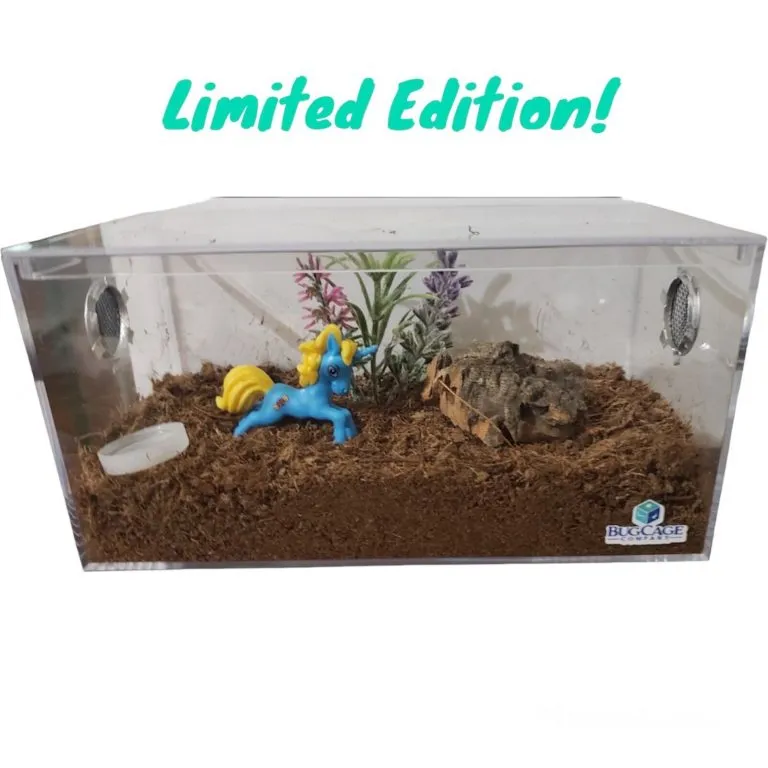
Regularly check the temperature and humidity levels in the cage. Use a thermometer and hygrometer to accurately monitor the conditions. The ideal temperature and humidity levels vary depending on the tarantula species, so research your species’ specific requirements. Adjust the temperature and humidity as needed to maintain the optimal levels. This might involve using a heat lamp or a humidifier. Make sure the heat source is properly regulated to avoid overheating. Regularly check the water dish to ensure it’s always full and clean. Monitoring temperature and humidity ensures the habitat stays in the ideal range for your tarantula, preventing health problems and ensuring its comfort.
Observing Your Tarantula’s Behavior
Observe your tarantula’s behavior on a regular basis. A healthy tarantula should be active and alert, with a good appetite. Watch for any changes in behavior, such as a loss of appetite, lethargy, or unusual movements. These can be signs of illness or stress. Note any unusual behaviors, such as excessive burrowing, hiding, or refusal to eat. Consult a veterinarian or experienced tarantula keeper if you notice any concerning signs. By observing your tarantula’s behavior, you can identify potential problems early on and take steps to address them. This can help you provide a more tailored and appropriate environment for your pet’s wellbeing.
